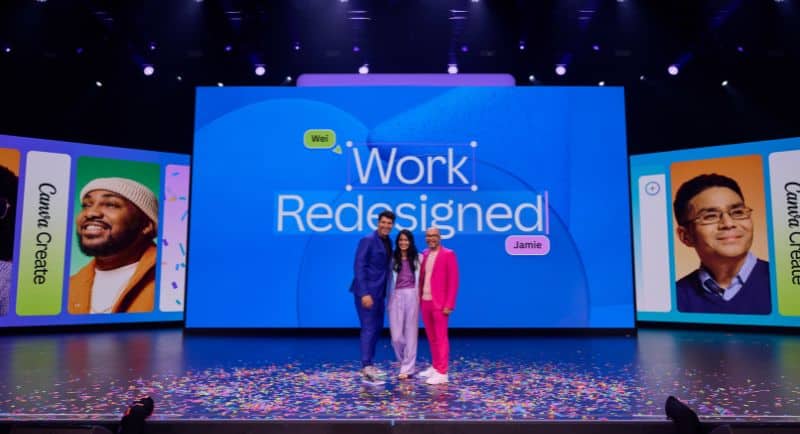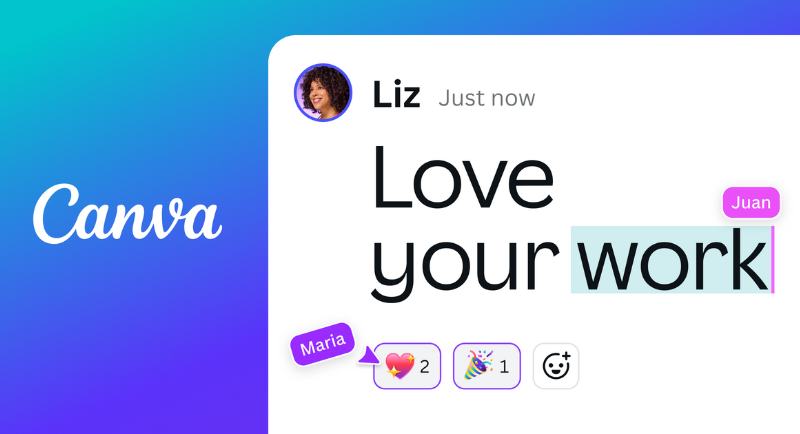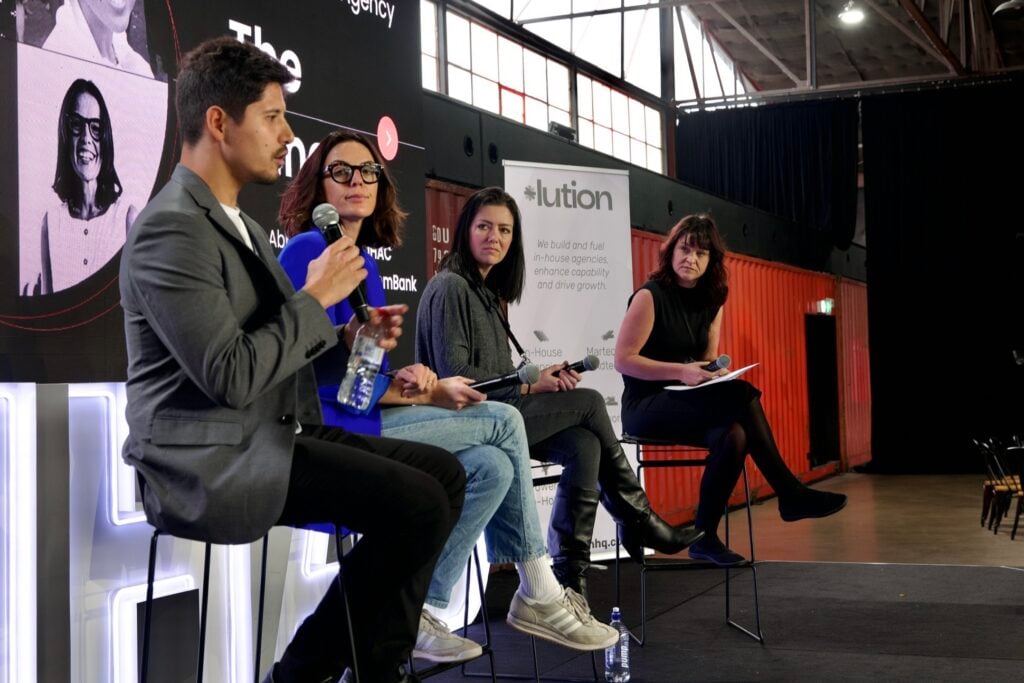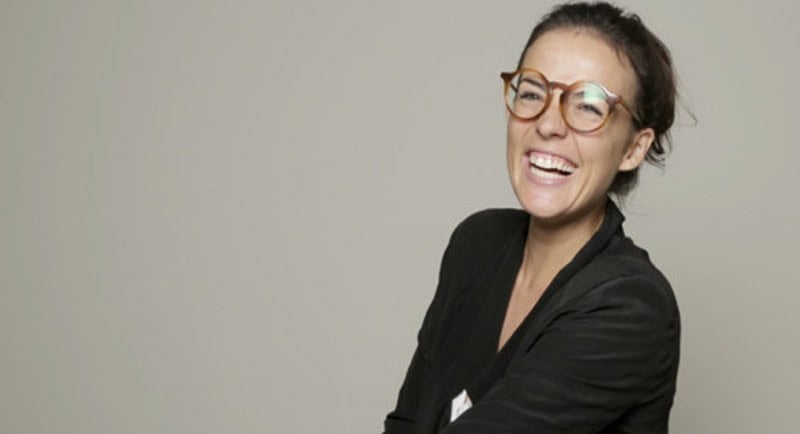“No one truly understands our mission, brand, and product better than the people who live our values and use our product daily. That’s why we chose to build an in-house agency—to ensure our brand remains authentic and aligned with who we are,” Cat van der Werff, Canva’s executive creative director, told Mediaweek.
Van der Werff, who recently shared her insights on evolving in-house agencies and attracting top talent at the In-House Agency Council (IHAC) event in Melbourne, explained that the flexibility of an in-house team allows Canva to grow its creative strategies in real-time, in line with the brand’s goals.
“As our goals evolve, we can adapt our strategies while maintaining brand consistency. This ensures our identity stays cohesive and impactful, even as we expand into new markets, products, and campaigns,” she said.
The benefits go beyond adaptability. According to Van der Werff, having an in-house team fosters collaboration across departments—from Marketing and Sales to HR—eliminating silos and enabling integrated campaigns. It also streamlines decision-making, accelerates timelines, and creates tighter feedback loops, driving efficiency.
Van der Werff on building Canva’s in-house agency with its founders
Van der Werff joined Canva in 2018 as its first brand designer. At the time, the brand identity was in its infancy.
“When I asked for brand guidelines, I was handed… a logo. While there wasn’t much of a traditional brand identity, our founders had already established a strong ethos rooted in Canva’s mission and values,” she recalled.
Her early efforts included workshops with Canva’s founders to define the company’s values, voice, and visual identity. This collaboration laid the foundation for Canva’s core brand pillars: empowering, inspiring, and human.
“Today, I’m proud to lead a team of over 100 incredible creatives who are building a globally beloved brand and realising our mission to empower the world to design,” Van der Werff said.
A key part of building Canva’s in-house agency was close collaboration with leadership.
“We’ve evolved to involve our entire leadership team—from sales to engineering and beyond. This sparks innovation, fosters new ideas, and ensures alignment, keeping us forward-thinking at every stage,” she said.
“It’s one of the benefits of working in-house—you have a level of access that’s hard to achieve on the agency side,” she added.

Cliff Obrecht, Mel Perkins and Cameron Adams
Opportunities over challenges
While building an in-house agency came with its challenges, Van der Werff framed them as opportunities. One such opportunity was balancing brand authenticity with efficiency at scale.
To address this, the team developed templates and Brand Kits that empower every team member to create on-brand content. For example, during Canva Create this year, the team designed a visual identity toolkit—including event logos, colour palettes, and press materials—that allowed Canva to scale content production efficiently while staying true to the brand.
The ‘Love Your Work’ campaign
A standout example of Canva’s in-house capabilities is its recent Love Your Work campaign, inspired by research revealing that many people feel disconnected from their work.
The team filmed seven Canva users from diverse backgrounds—a teacher, a DE&I manager, and a business analyst among them—showcasing their stories without scripts to ensure authenticity. Early prototypes were tested with users to refine the creative.
“With audio becoming a signature element of our campaigns, we collaborated with Get Gospel, a UK choir that uses Canva for their own marketing, to record the backing track,” Van der Werff shared.
The campaign was rolled out across various formats, from TV to organic social content, emails and OOH on buses and airports to target commuters.

Van Der Werff’s strategy to taking agency services in-house
The 2023 In-House Agency Landscape Report, produced by the In-House Agency Council (IHAC) and Kantar Australia, revealed that 78% of marketers in Australia were working with an in-house agency, compared to 63% only two years prior.
As brands look into taking agency services in-house, Van Der Werff noted that when considering an in-house or hybrid model, brands should ensure vision and values are the guiding light.
“For us, everything starts and ends with our mission to empower the world to design—it’s the foundation of our creative decisions, big and small,” she said of Canva’s journey.
“Building an in-house team has allowed us to live and breathe our values every day, making it easier to bring authenticity to every campaign and touchpoint.”
A key learning from Van der Werff shared from her last six years of building an in-house team is the value of continuous learning and iterating.
“Growing a team from one to 100+ has meant hiring people who are smarter than me at what they do so I can learn from them. Embracing what you don’t know and seeking out people who can teach you and push you to think bigger is all part of the journey,” she added.

Marcel Hashimoto, Cat van der Werff, Sarah Hetherington and Abby Blackmore at the IHAC summit in Melbourne in September
Looking ahead for Canva
On the future of Canva’s in-house agency, Van der Werff said the team remains focused on ambitious goals, including expanding its reach into workplaces worldwide. Currently, 95% of Fortune 500 companies use Canva across Marketing, Sales, Creative, and HR.
“I’m excited to see how our brand pillars of Human, Inspiring, and Empowering come to life in different cultures and empower people from all walks of life to achieve their goals,” she said.
Beyond its commercial success, Canva’s commitment to being a force for good remains central to its identity. The company’s education and nonprofit programs already support over 70 million students and teachers and 670,000 nonprofits globally.
“Our two-step plan is simple: build one of the world’s most valuable companies and do the most good we can,” Van der Werff said. “I’d love for Canva to be known as the Patagonia of design, synonymous with both our product and our impact.”
–
Top image: Cat van der Werff
